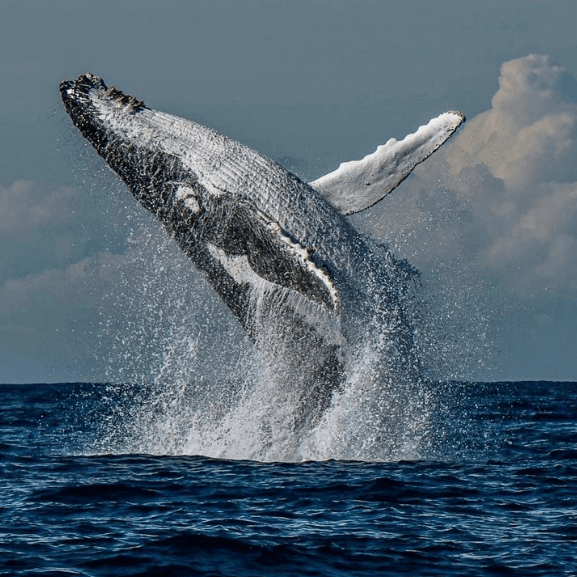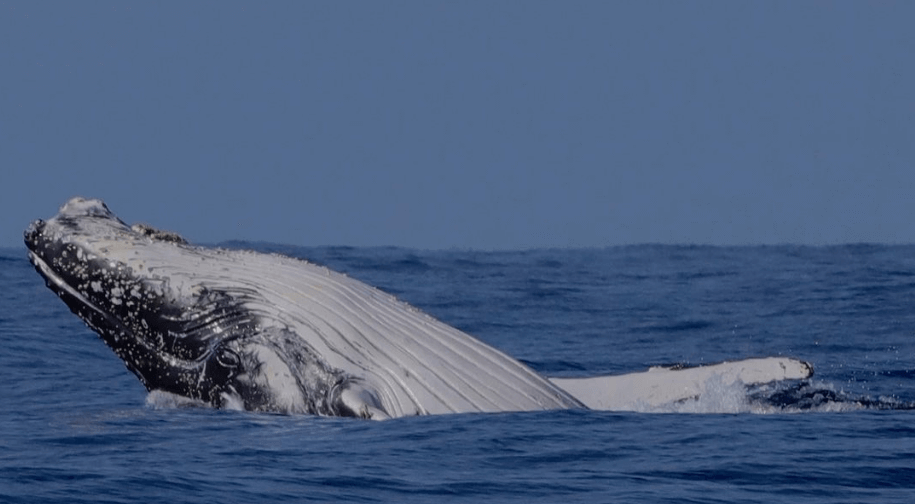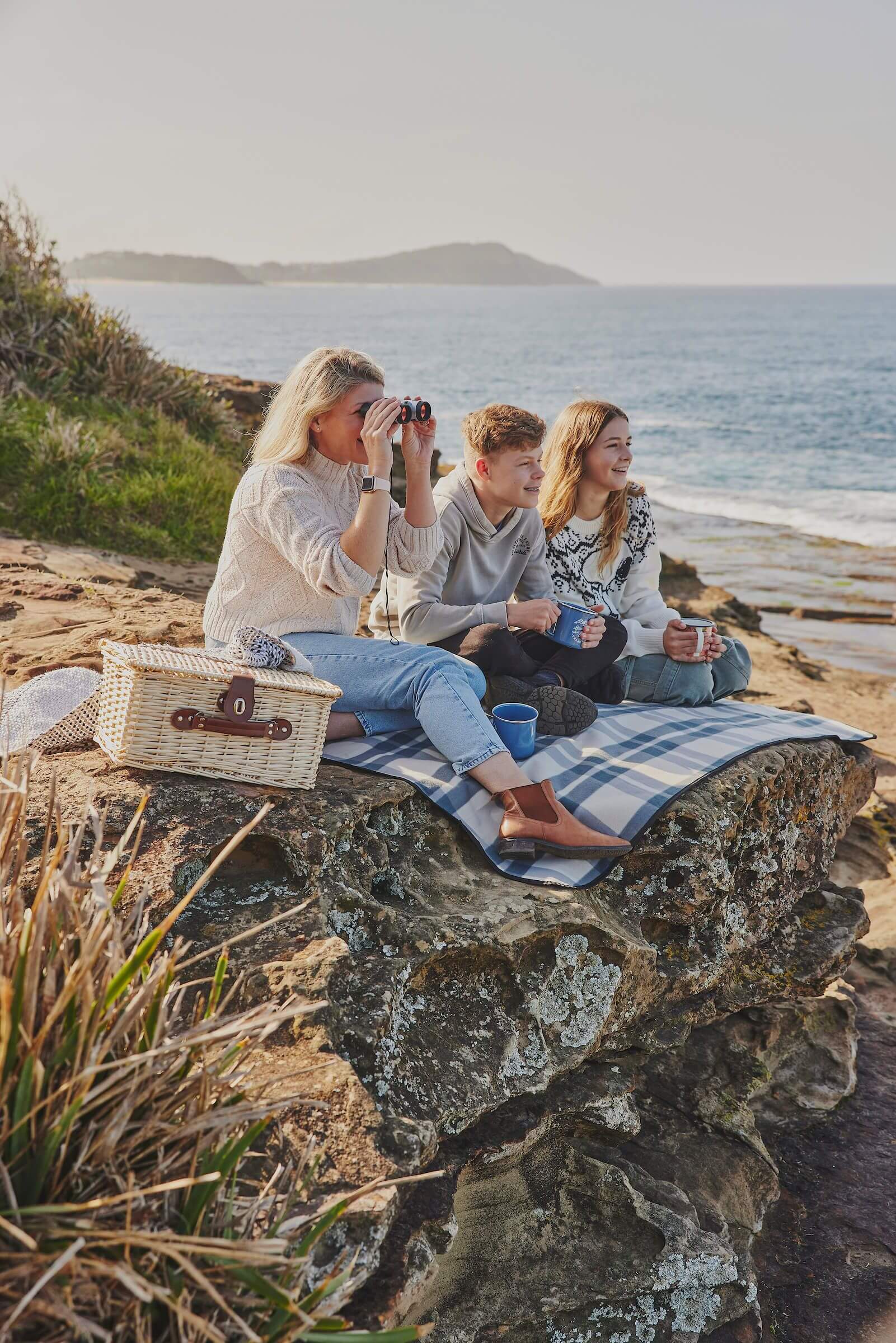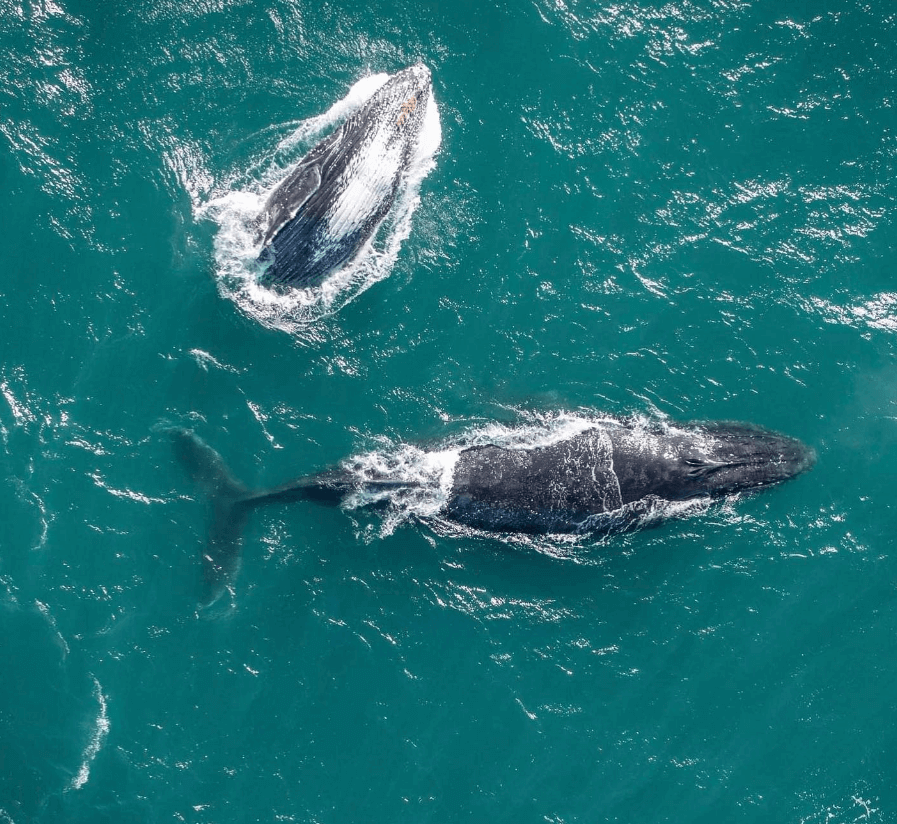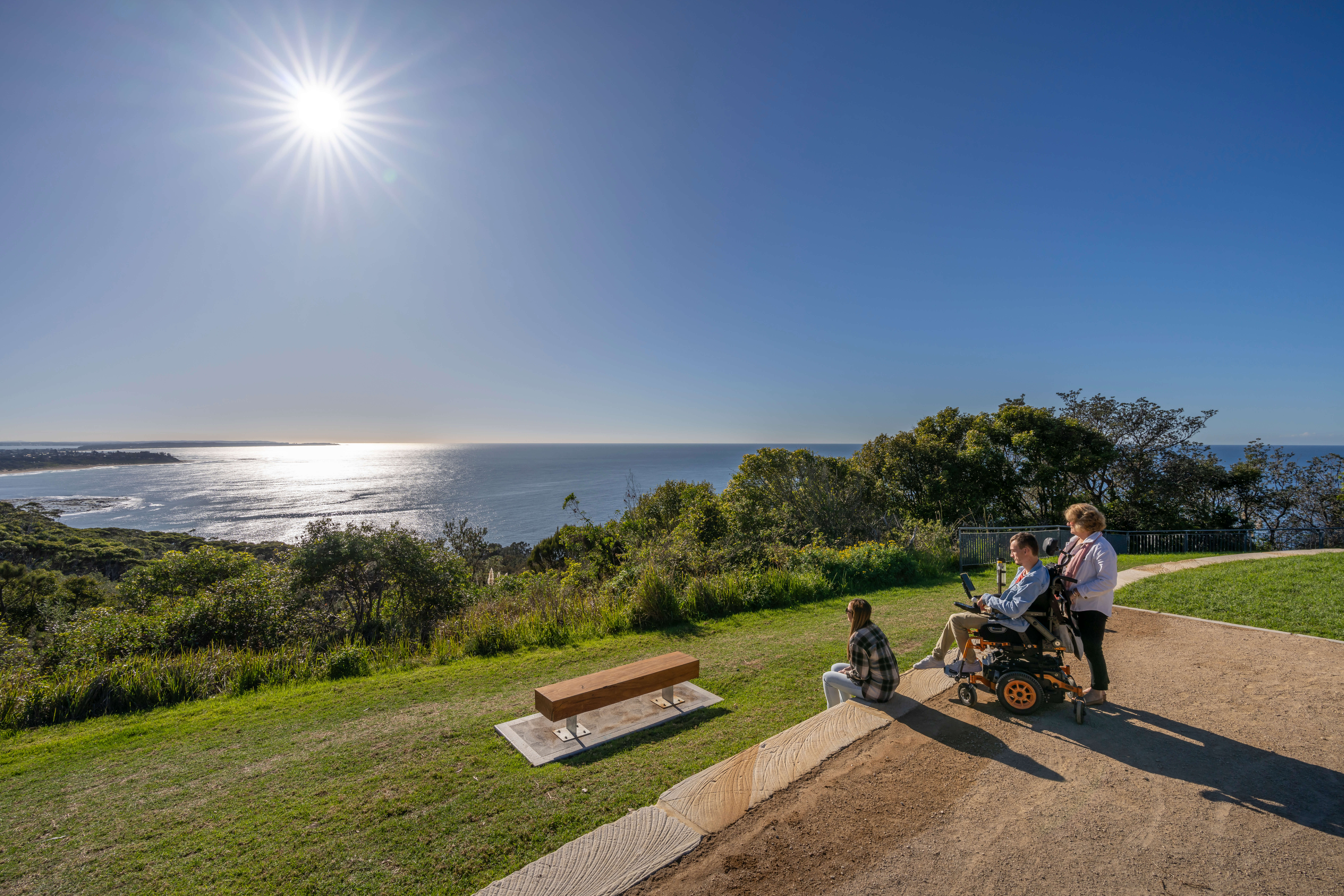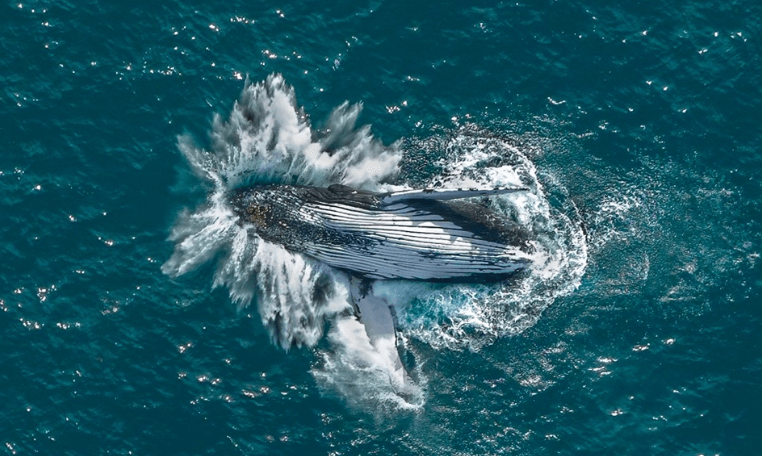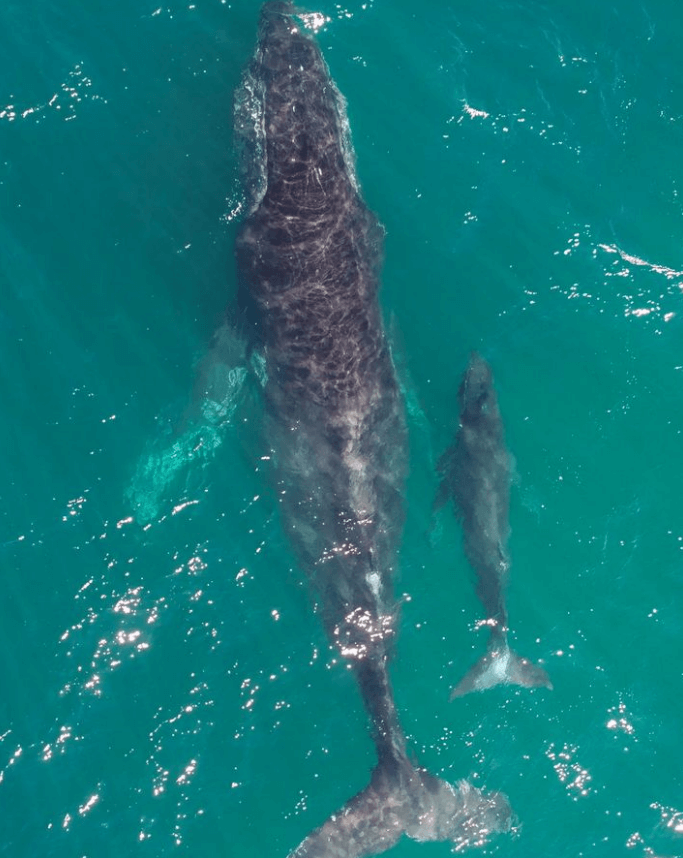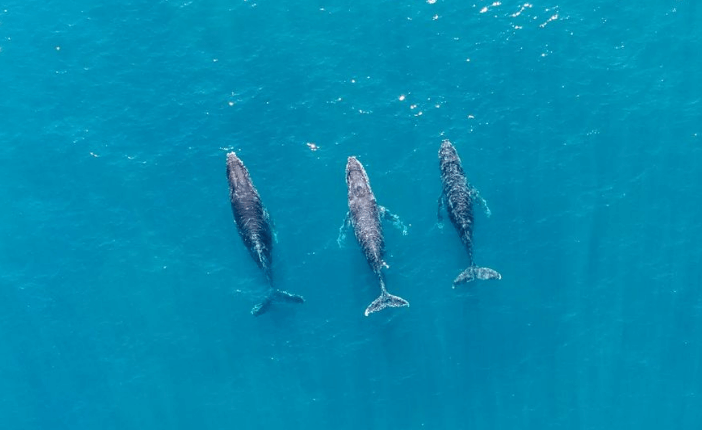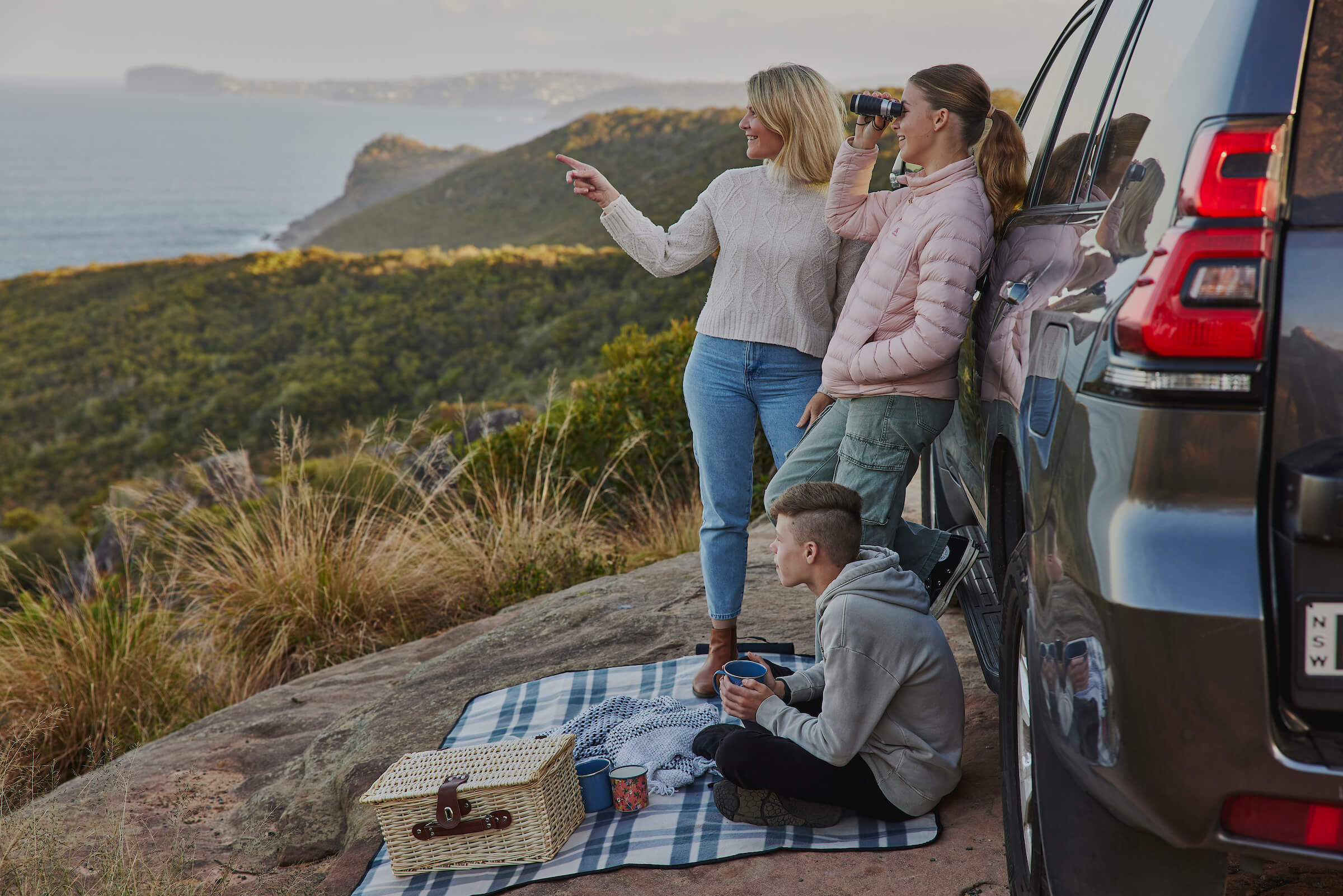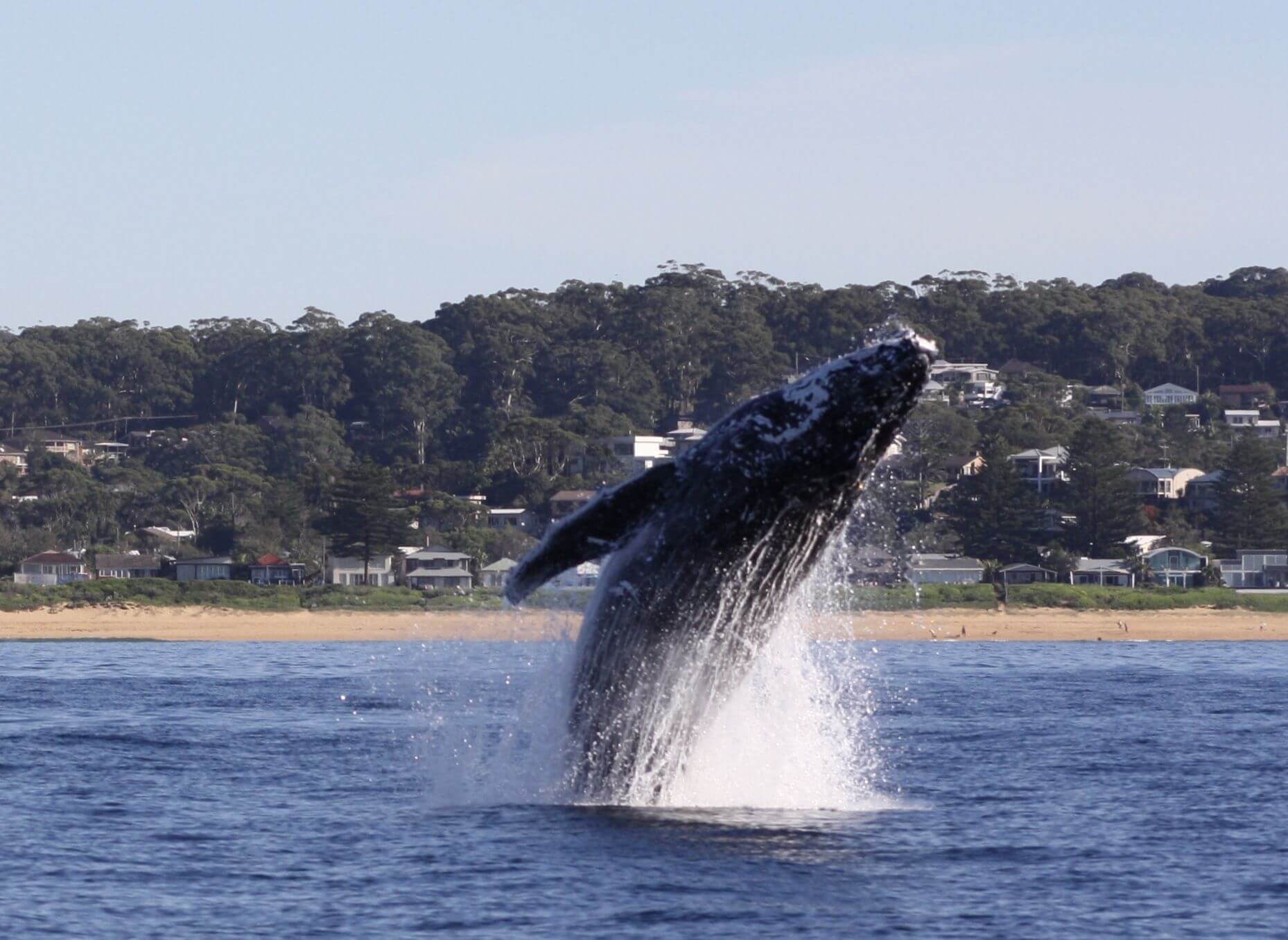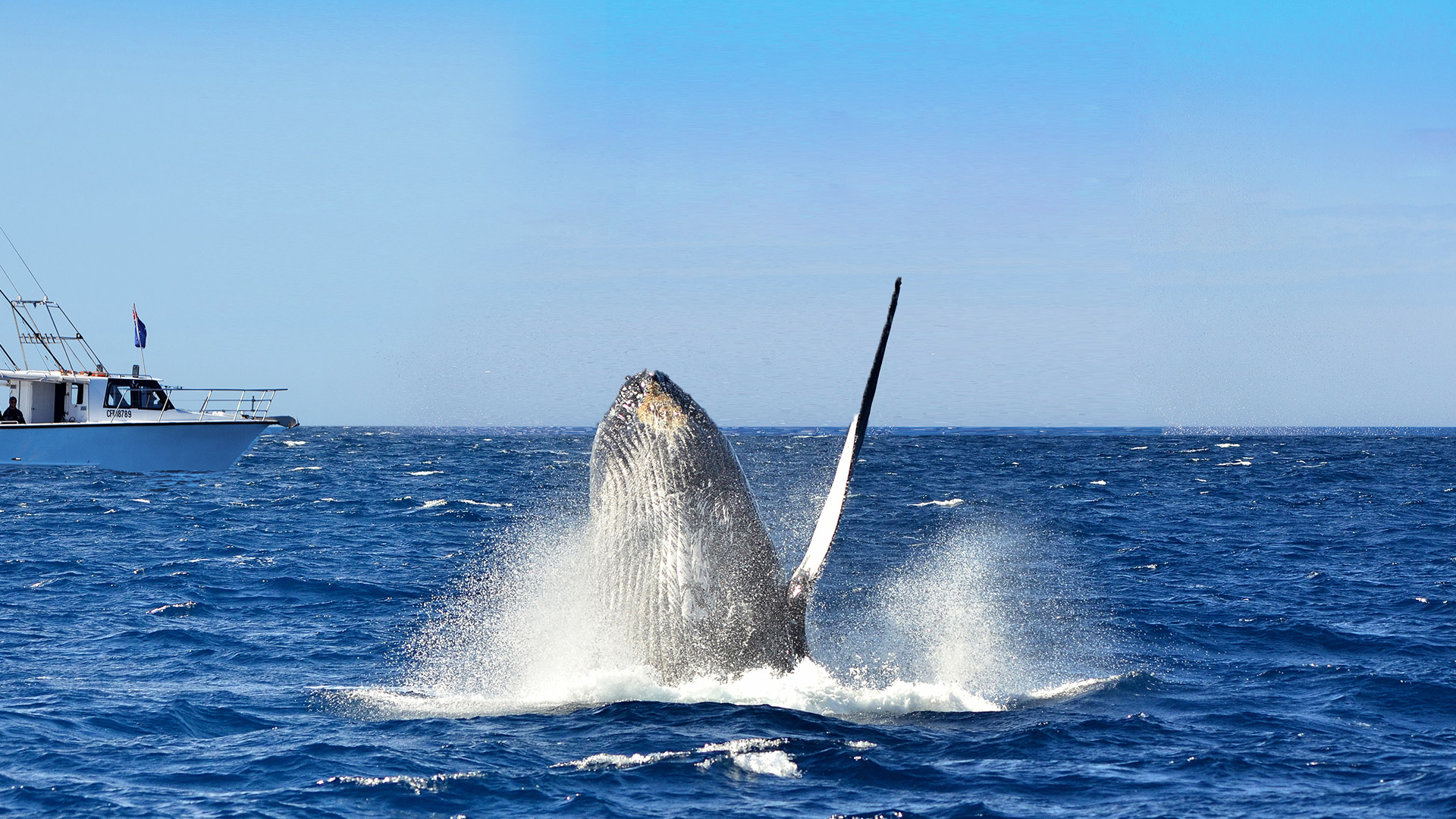
The Humpback whale migration from May to November is one of the most amazing wildlife experiences in Australia - and the Central Coast has access to some spectacular lookouts and ECO Certified whale watching tours.
One of the most breathtaking outdoorsy things to do on the Central Coast during winter is to spot Humpback and Southern Right whales breaching off the coastline. The shores of the Central Coast can look like a 'humpback highway' making it easy to spot these majestic creatures. With many vantage points along out coastline, we have listed a few of the best places to watch them. Don't forget to wrap up warm and bring your binoculars!
Gerrin Point Lookout, Bouddi National Park - Start the Bouddi Coastal Walk (8km) at Putty Beach and follow the track for approx 1.2km, climb the stairs to the boardwalk leading to the lookout, providing panoramic views of Maitland Bay and the Bouddi National Park Marine Extension..
Marie Byles Lookout, Bouddi National Park - Honouring one of NSW's early environmentalists, this spot is part of Bouddi National Park accessible via the Scenic Road at Killcare Heights providing commanding views of Putty Beach, Box Head, Broken Bay and Barrenjoey Head.
Captain Cook Lookout, Copacabana - located off Del Monte Place, this high vantage point is a great place to take the kids. The recently upgraded lookout's provides two viewing decks, interpretative signage and a fully accessible path.
The Skillion, Terrigal - This iconic tall outcrop has amazing views of North Avoca and Avoca beaches to the south, and Wamberal and Forresters beaches to the north. Make your way to the top by utilising the walkway on the northern side of the Skillion.
Crackneck Point, Wyrrabalong National Park (South) - *Newly re-opened with more seating and parking* Located at the end of Hilltop Road, Crackneck Point has ample room to park and set up a picnic blanket ready for some whale spotting, with views over The Entrance and Shelly Beach.
Norah Head Lighthouse, Norah Head - with stunning views across the Pacific Ocean this unique viewing location is home to the annual Whale Dreamers Festival (July). Lighthouse tours are also available.



